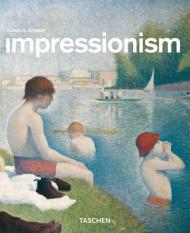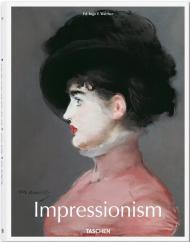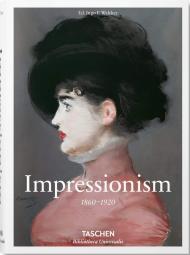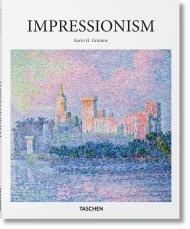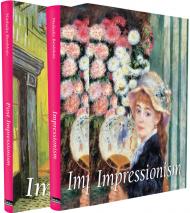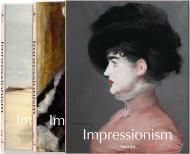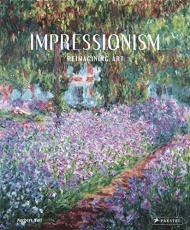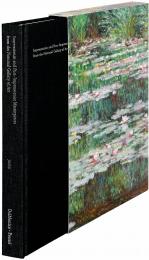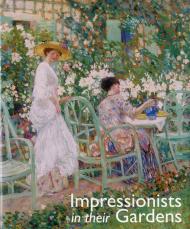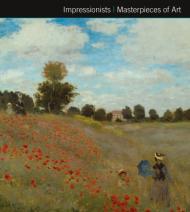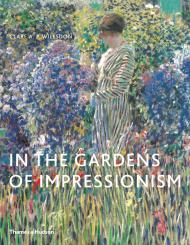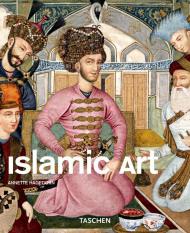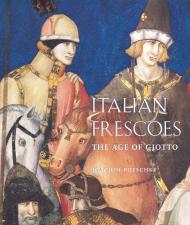Painting with light and color
On April 15th, 1874, in the Parisian studio of photographer Nadar, was the opening of the first group exhibition that was uninhibited by government interference and the dictates of an official selection committee. This date has gone down in the annals of art history because it marks the birth of the Impressionism. Impressionistic paintings now rank among the most popular works of art and are the pride of any museum or collection worldwide. However, in 1874 the public response to the exhibition, and to Impressionist painting, was not adoration but rather shock and even outrage. The Impressionists and the succeeding Neo-Impressionists were avant-gardist and revolutionary, paving the way for modern art. Present-day viewers, hardly realizing this revolutionary potential, can be content to enjoy the aesthetic of light and color.
Artists featured in detail: Frederic Bazille, Marie Braquemond, Gustave Caillebotte, Mary Cassat, Edgar Degas, Vincent Van Gogh, Armand Guillaumin, Max Liebermann, Claude Monet, Berthe Morisot, Guiseppe de Nittis, Camille Pissarro, Pierre-Auguste Renoir, Medardo Rosso, Giovanni Segantini, John Singer Sargent, Georges Seurat, Paul Signac, Walter Richard Sickert, Alfred Sisley, Max Slevogt, Fritz von Uhde, Federico Zandomeneghi
About the Series:
Each book in TASCHEN's Basic Genre Series features:
- a detailed illustrated introduction plus a timeline of the most important political, cultural and social events that took place during that period
- a selection of the most important works of the epoch, each of which is presented on a 2-page spread with a full-page image and with an interpretation of the respective work, plus a portrait and brief biography of the artist
- approximately 100 colour illustrations with explanatory captions
The author:
Berlin-based Karin H. Grimme works as a historian, art historian, and author for museums, exhibitions, and media, focusing on the history of the 19th and 20th centuries and in particular on the history of the Jews in Europe. She is the author of numerous journalistic and academic publications in the press, in broadcasting, and in the multimedia sphere; as author and editor she has produced works on, among other things, the Jewish bourgeoisie in the 19th century.
